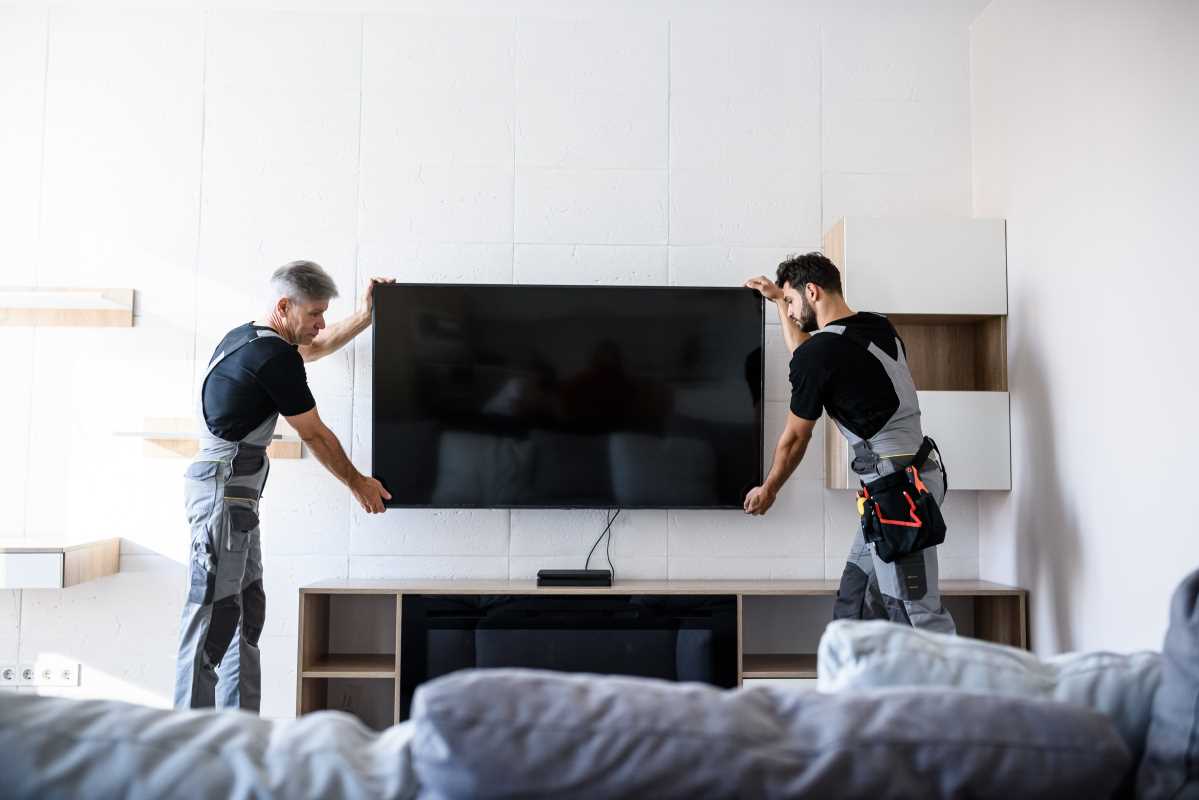Creating a high-quality home entertainment system is a fantastic way to enjoy movies, sports, and music from the comfort of your living room. But with so many options for audio and visual equipment on the market, it can be overwhelming to know where to start.
Here’s a guide to help you choose the best equipment to elevate your home entertainment experience.
1. Determine Your Budget
Before diving into the specifics, it’s essential to establish a budget. Home entertainment equipment can range from affordable to high-end, and prices vary widely. Setting a budget allows you to prioritize certain features or equipment types.
Once you know how much you’re willing to spend, you can make informed decisions on where to invest more for quality and where to save.
2. Choose the Right TV or Projector
The screen is the heart of any entertainment setup, so you’ll want to select a display that meets your viewing needs and fits your space.
- Screen Size: Screen size is often one of the first considerations, and it should be based on your room size and seating distance. Generally, a larger screen is ideal for a more immersive experience, but make sure it isn’t too large for your space, as sitting too close to a massive screen can strain your eyes.
- Resolution: For a crisp, clear picture, consider at least a 4K resolution, which has become standard for most TVs. 8K TVs are also available, though they’re more expensive and limited in content. A 4K TV is an excellent choice for most users, especially with its wide availability in streaming content and Blu-ray.
- TV Type: OLED, QLED, and LED are the most common TV types available. OLED TVs offer the best picture quality with deeper blacks and higher contrast, perfect for dark rooms. QLED TVs provide bright images and vibrant colors, ideal for rooms with more natural light.
- Projectors: If you want a true cinema experience, a projector can be a great alternative to a TV. Projectors work well in dark rooms and can offer large screen sizes, perfect for movie nights. Be sure to check brightness, resolution, and throw distance to ensure it meets your room's requirements.
3. Sound System Choices
Audio quality is just as important as video quality in creating an immersive experience. Consider the following options for the best audio setup:
- Soundbars: Soundbars are compact, affordable, and easy to install, making them an excellent choice for smaller rooms or users on a budget. Many soundbars come with a built-in subwoofer for enhanced bass, and some models offer surround sound simulations for a fuller audio experience.
- Home Theater Systems: For a more immersive audio experience, consider a full home theater system with a receiver and multiple speakers. A 5.1 surround sound setup includes five speakers and one subwoofer, while a 7.1 system adds two additional speakers for even more depth. Home theater systems provide rich, high-quality sound and a true surround sound experience, ideal for dedicated entertainment rooms.
- Wireless Speakers: Wireless systems are becoming increasingly popular for their flexibility and ease of installation. Many home audio brands now offer wireless surround sound systems that deliver impressive sound quality without the clutter of cables.
4. Consider Streaming Capabilities
Streaming devices are essential for accessing content from popular services like Netflix, Hulu, and Disney+. While many smart TVs come with built-in streaming capabilities, dedicated devices like Roku, Amazon Fire Stick, or Apple TV often provide faster, more reliable performance and a broader range of apps.
If you already have a smart TV, ensure it supports your preferred streaming services and check for any built-in voice assistant options (such as Google Assistant or Alexa). Some audio systems also have streaming capabilities for music services, so consider your options if you want easy access to music streaming as well.
5. Ensure Compatibility and Connectivity
Make sure all your equipment is compatible and that you have the necessary ports and connections. HDMI ports are standard for connecting most devices, and you’ll want to ensure your TV, sound system, and streaming devices can all connect without hassle. Look for HDMI ARC (Audio Return Channel) or eARC on your TV and sound system to streamline audio transmission and improve sound quality.
6. Plan Your Room Layout
The arrangement of your room can impact the performance of your equipment, especially when it comes to sound.
Place your seating at an optimal distance from the screen and speakers for the best audio and visual experience. Try to center your soundbar or speakers, and avoid placing them in corners, as this can distort sound.
Choosing the best audio and visual equipment for your home entertainment system comes down to understanding your space, budget, and preferences. Prioritize the essentials—a high-quality screen, good sound system, and reliable streaming capabilities.
With careful planning and selection, you can create a home entertainment setup that rivals the cinema and brings you hours of enjoyment right in your living room.
 (Image via
(Image via





